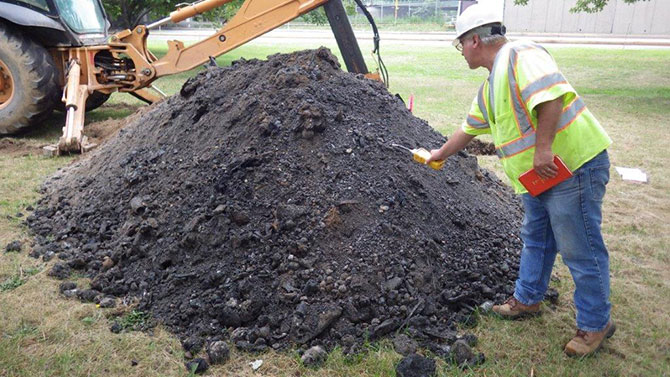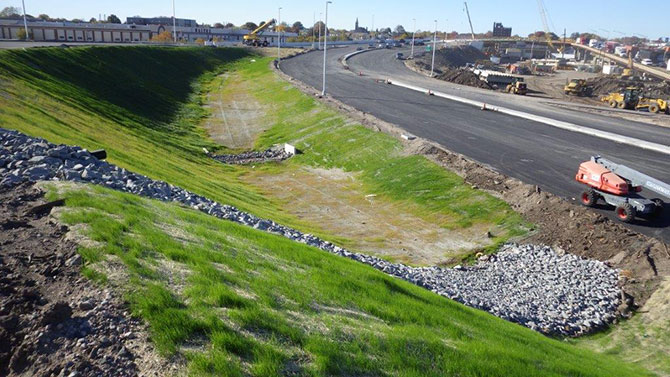By the early 2000s, the New Jersey Department of Environmental Protection (NJDEP) and New Jersey legislature realized that the state's 20,000+ contaminated site cases were not getting remediated quickly enough. With NJDEP case managers, who were responsible for overseeing remediation, burdened by 50 or 60 cases each, sites were languishing and nothing was getting done.
So the state enacted the Site Remediation Reform Act (SRRA), which fully went into effect in 2012. Under the law, the Licensed Site Remediation Professionals (LSRP) program was created to license qualified individuals from the private sector to oversee, complete, and sign off on remediation, with NJDEP performing inspection, review, compliance assistance, and enforcement. The statute was written by a collaboration of New Jersey lawmakers, NJDEP representatives, and stakeholders from the regulated community throughout the state (including Dewberry personnel working on the American Council of Engineering Companies of New Jersey Environment Committee led by Ileana S. Ivanciu).

We are working under the direction of a Licensed Site Remediation Professional on the New Jersey Turnpike Interchange 14A improvement project in Jersey City/Bayonne, New Jersey.
The goal of SRRA is to "increase the pace of remediation, thus helping to decrease the threat of contamination to public health and safety and of the environment, and to quickly return underutilized properties to productive use," according to NJDEP.
The change has paid off. More than five years in, the LSRP program led to the remediation of approximately 26,000 cases statewide, according to Caryn Shinske, a spokesperson from the NJDEP.
The number of active contamination cases also leveled off under the program. According to NJDEP, as of November 2017, there are 14,274 active site remediation cases.
"In fact, the number of the active cases has been just above 14,000 for the past two years," Shinske said. "We expect the same at the close of 2017."
(Shinske pointed out that the NJDEP reports number of cases, not sites, so there can be more than one case per site. Also, the number of active and closed cases includes both LSRP cases and unregulated heating oil tank cases.)
How We're Helping New Jersey Clean Up

Linear site remediation at the New Jersey Turnpike Interchange 14A improvement project.
Our environmental professionals played a role in verifying that the site remediation rules made sense from the very beginning. We participated in the development of the Linear Construction Technical Guidance, which states that for linear construction projects -- utility lines or roadways, for example -- the land owner and not the utility provider is responsible for site remediation. This supports utility lines getting maintained and roadways getting built, while keeping the burden on the landowner, not the public, to remediate sites. Our experience working on projects for transportation and utility clients helped the linear construction stakeholder group complete and roll out the guidance in January 2012.
Recently, I had the opportunity to present the LSRP Program and insights on linear construction strategies to one of our New Jersey utility clients. More than 60 employees from the utility company's construction project and delivery group attended the seminar to become more familiar with the regulations and their application on the jobsite.
I am proud to be part of a team that helped to shape and implement these rules -- for the benefit of our state. Five years after the initiation of SRRA, the LSRP program is certainly helping New Jersey clean up its act.